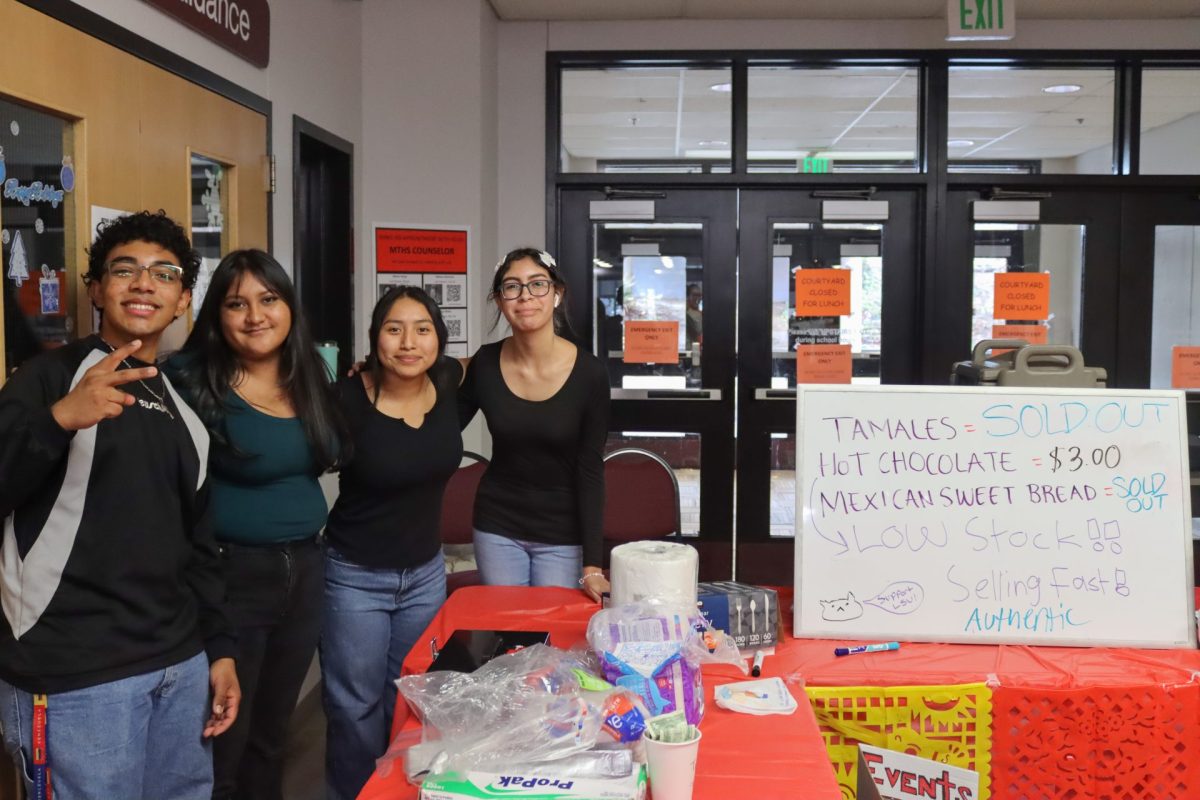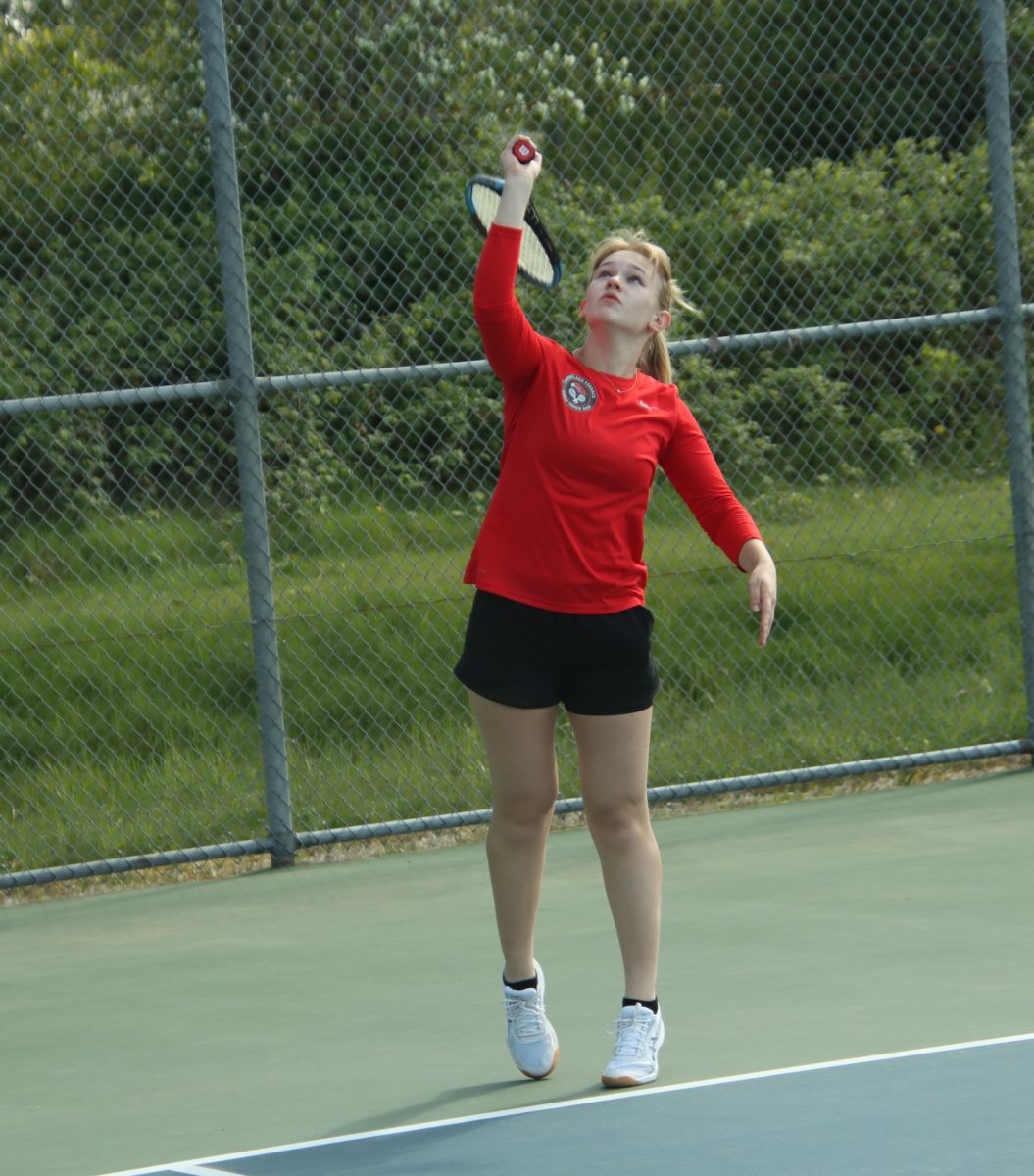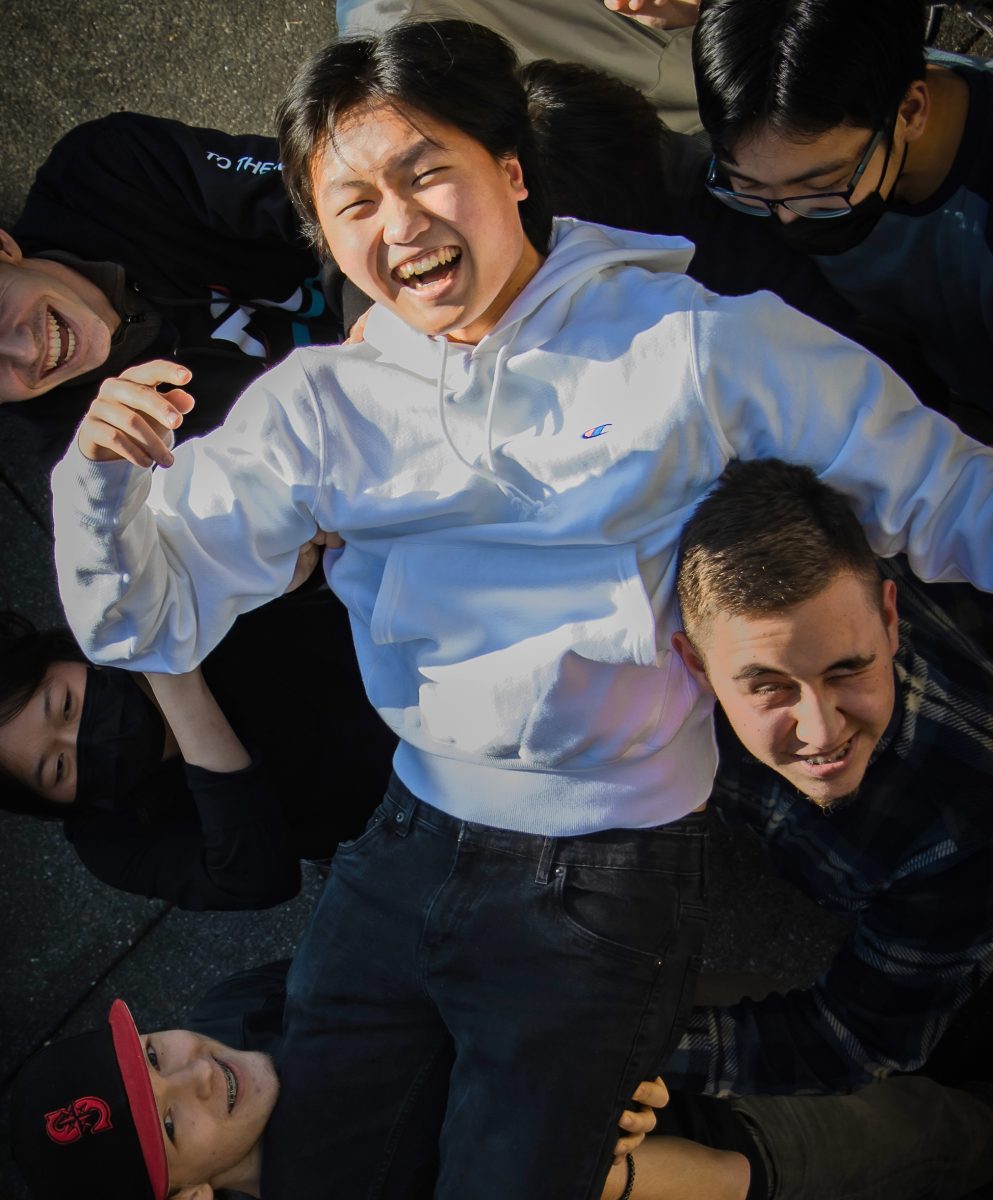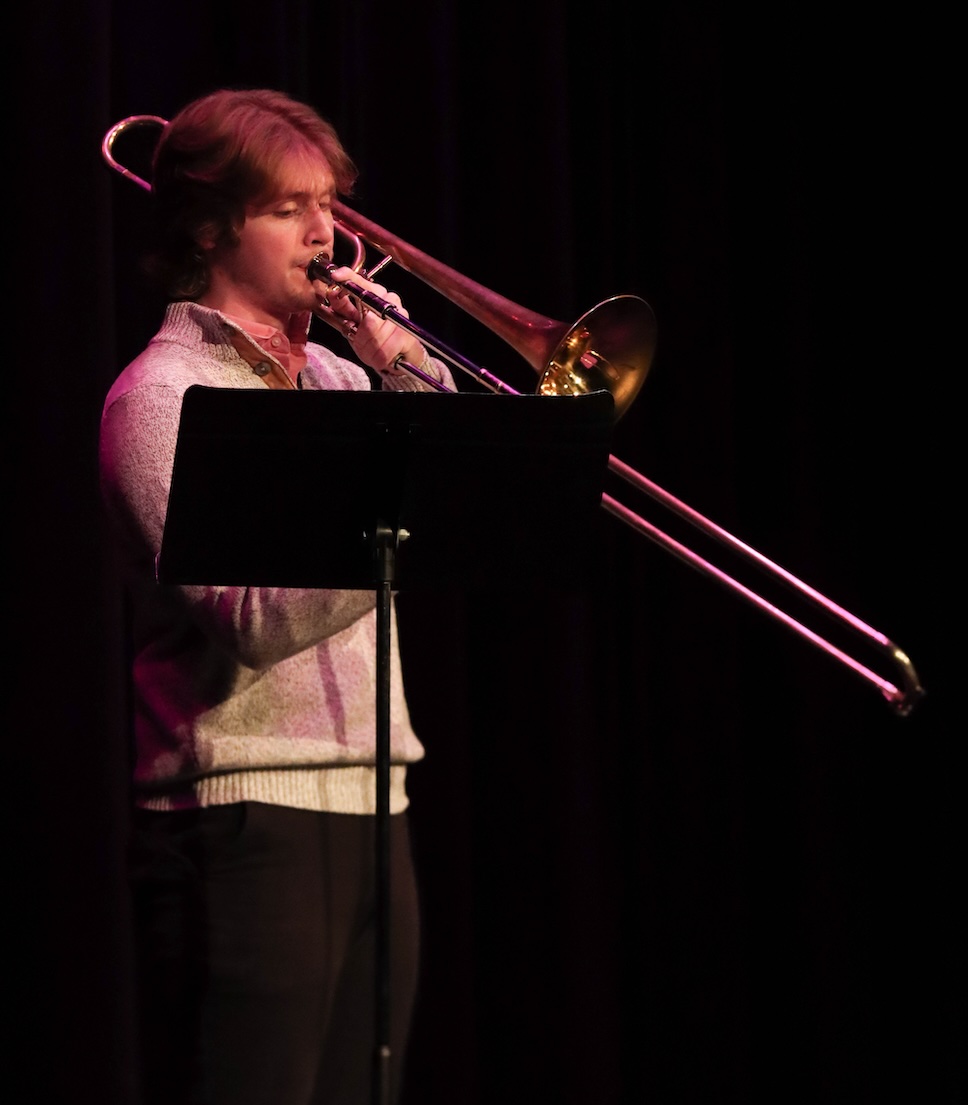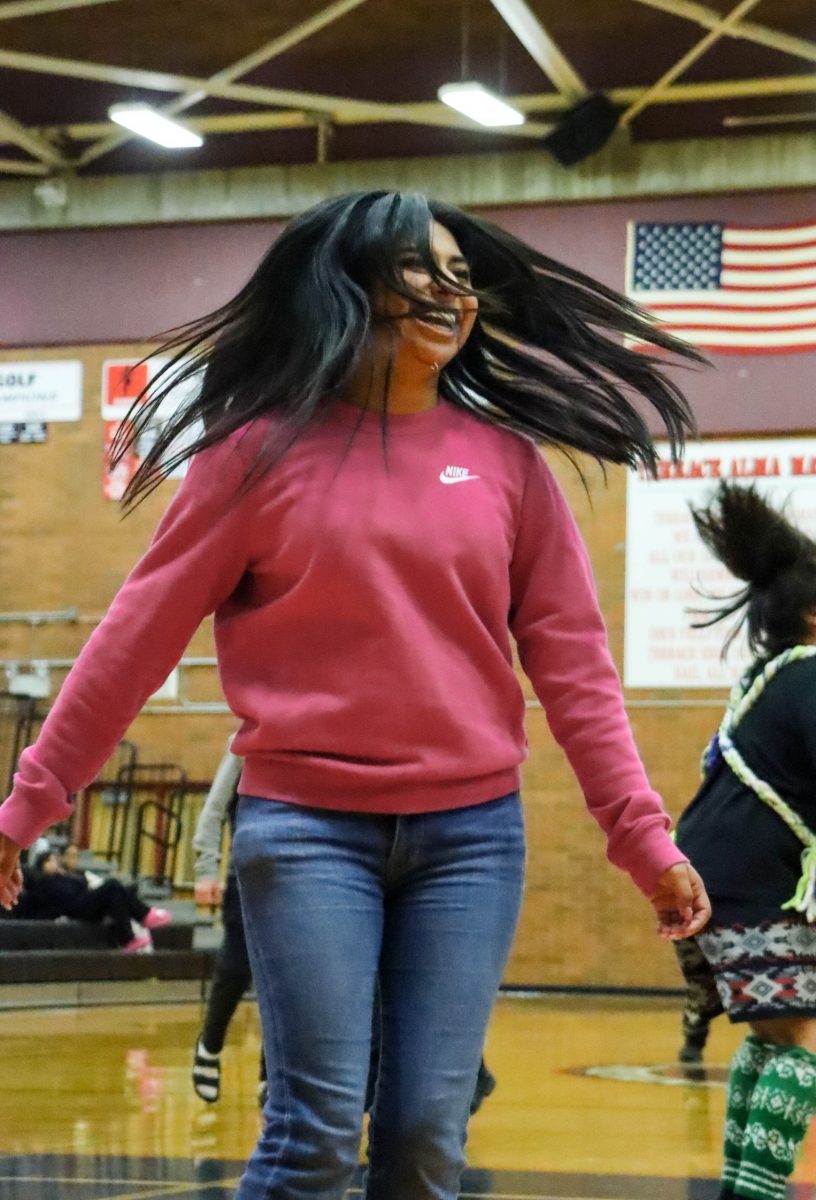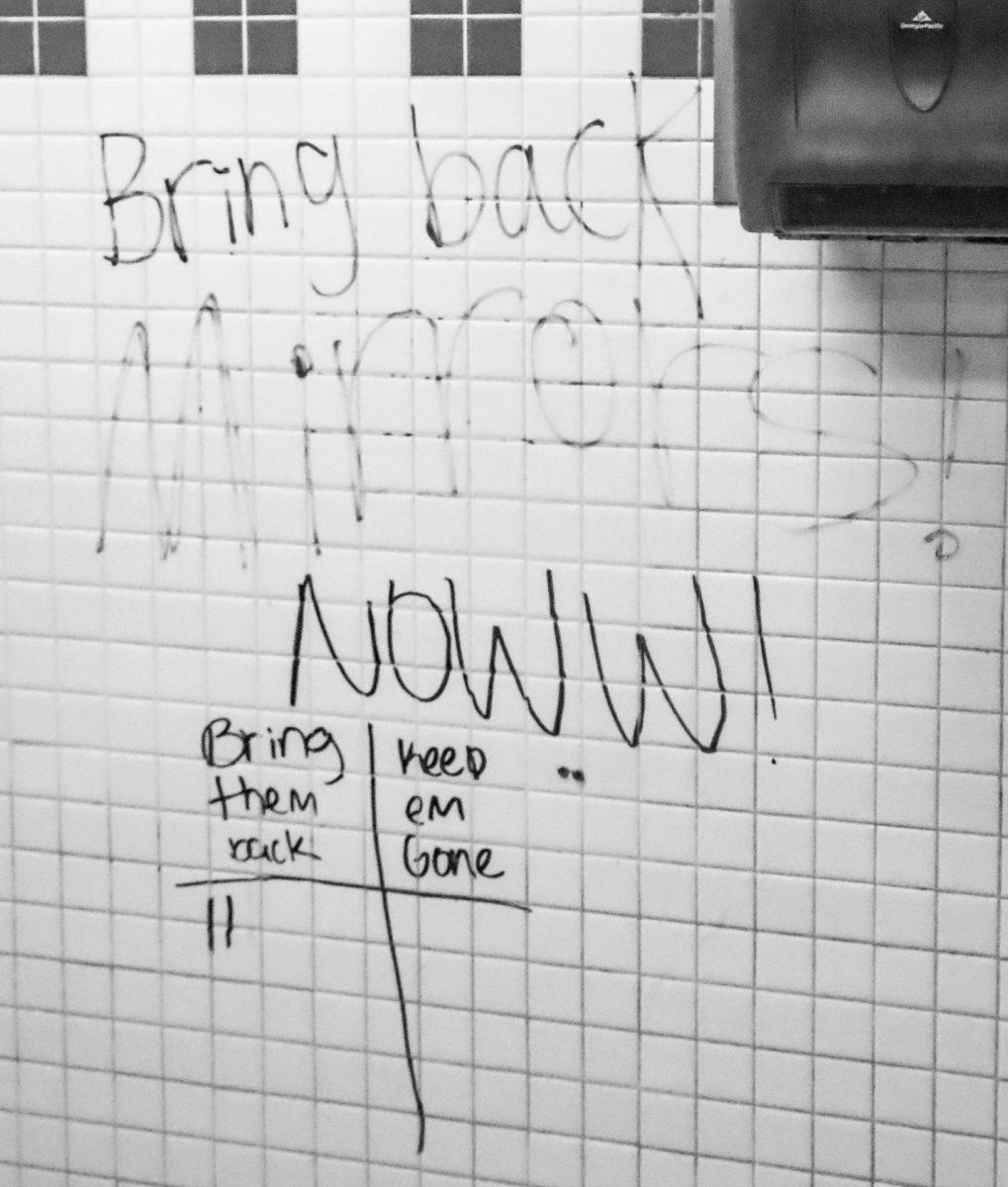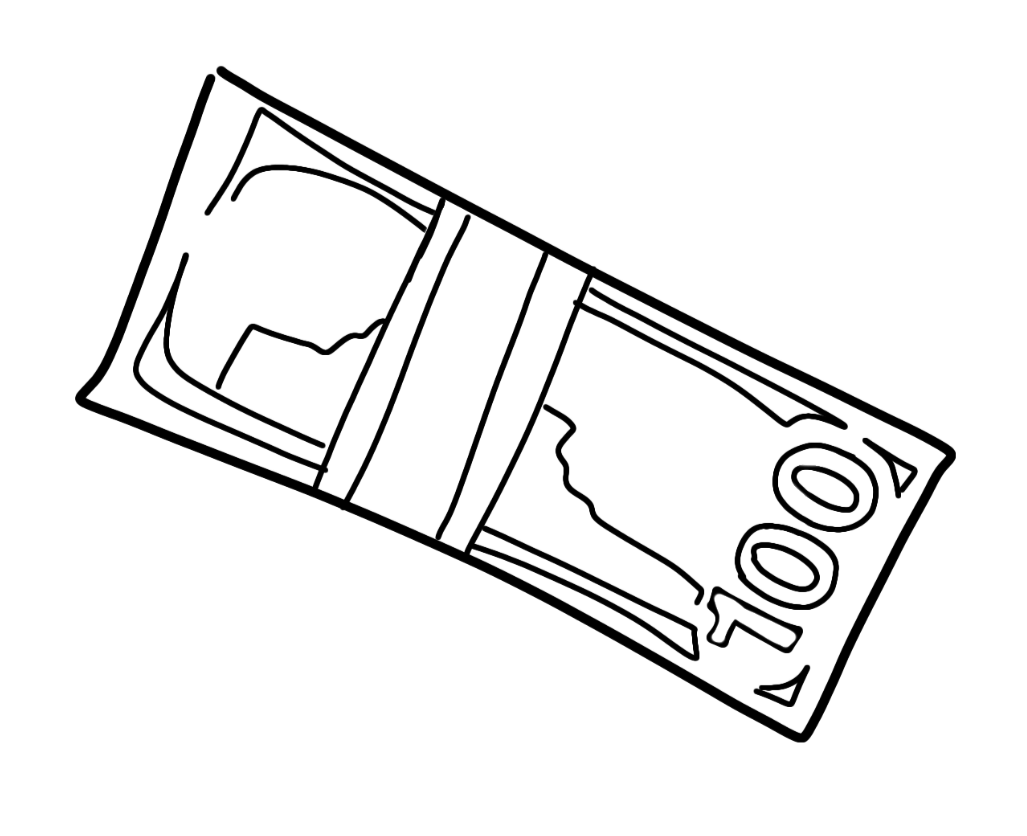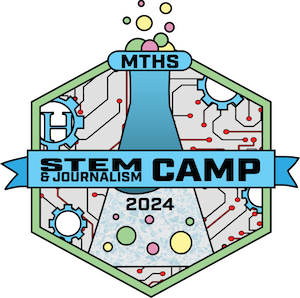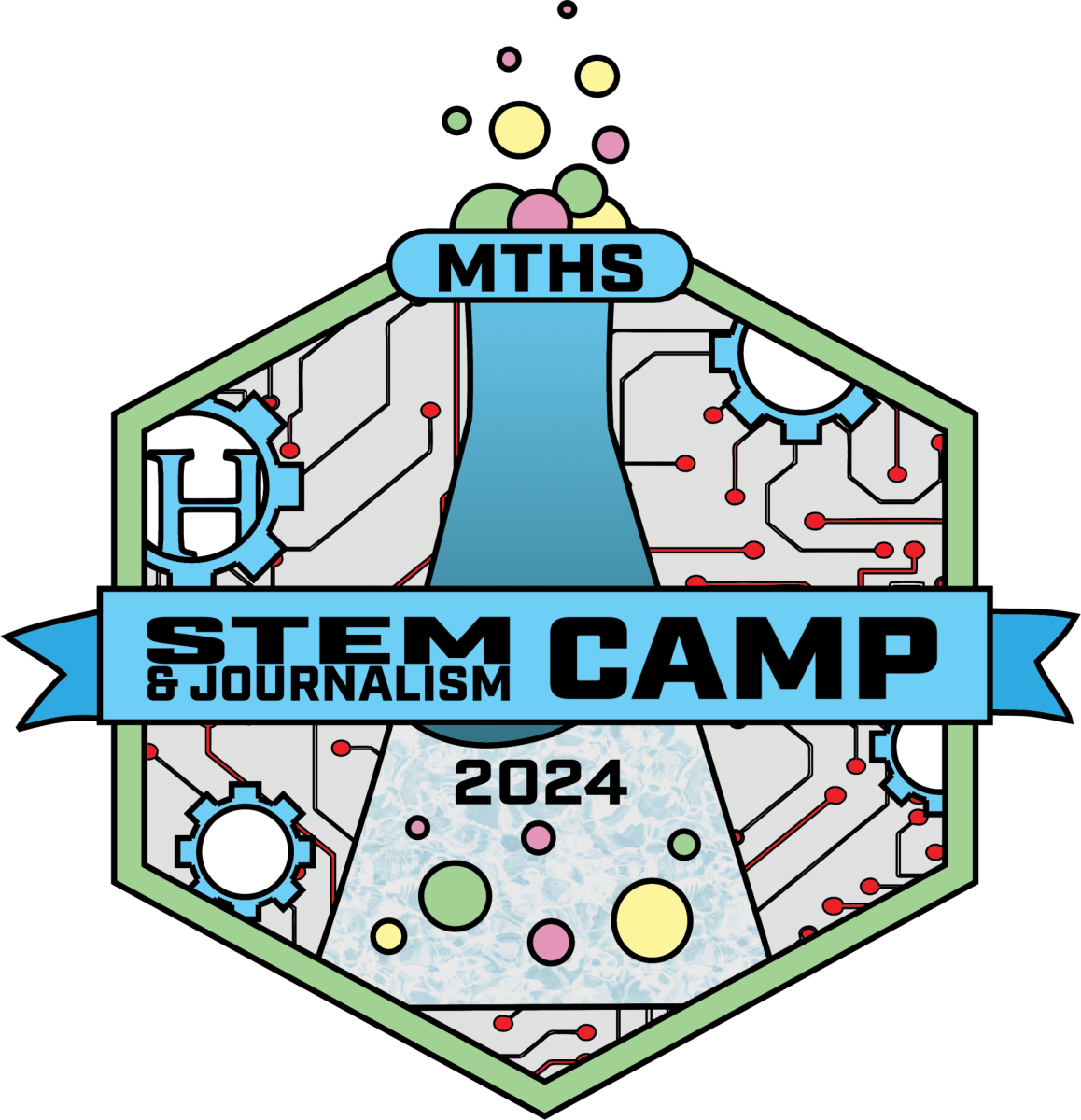Students and staff participated in a mock election based on the actual election taking place in Washington and the rest of the United States on Nov. 8. Much like the real election, students had to register to vote ahead of time by writing their name, gender, grade and PASS class on a piece of paper. This information was then put into a database, and the individual was checked off when they voted. On Election Day, students and staff used private voting stations provided by Snohomish County to cast their votes.
The mock election gave students and staff the opportunity to vote on some of the things other Washington residents of legal age voted on earlier this year, which gave them the opportunity to experience the voting process.
It also showed how the school community would actually vote if given the opportunity, and gives an insight into the political climate at MTHS.
Students and staff voted not only on the next U.S. president, but also on some other government positions and initiatives in Washington state. The candidates that the school voted on included the four front runners for the U.S. presidential race and the candidates in the U.S. senate and governor’s races.
MTHS also voted on three state initiatives, I-735, I-1433 and I-1491. I-735 is a measure urging the Washington Congressional Delegation to propose a federal constitutional amendment, stating that free speech belongs only to individual citizens, not companies, and that free speech excludes the spending of money.
Measure I-1433 would gradually increase the Washington minimum wage to $13.50 by 2020 as well as require employers to provide paid sick leave and related policies.
I-1491 is an initiative that would restrict a person’s access to firearms if police, family, or household members of the person reported that they were exhibiting mental illness and might harm themselves or others with firearms.
Some of the differences between the Mock Election at MTHS and the real election in Washington are that the ballots at MTHS did not include all initiatives or all possible candidates for president, advisory votes, proposed amendments or any state level positions besides the governor.
For the most part, the mock election is student-run, but humanities and history teachers Christopher Ellinger, Erin Grambush and Adam Bazant helped with the organization.
According to Ellinger, the reason for this is to show students what it is like to try to get people to vote and how challenging it can be.
“The big thing about the mock election is that it is student-driven,” Ellinger said. “I want the students to feel what it’s like to do the hard part, from] going out and registering to talking to people [and] getting them involved.”
The first MTHS mock election was organized by Ellinger for the 2008 election cycle and has been put on every four years since.
A total of 613 students registered to vote in the mock election, but only 425 ballots were cast by students and staff.
Of the selections people voted on, only a small number of people decided not to vote for a candidate or initiative. Votes were also omitted if they were done in pencil, or if multiple choices were marked for a certain race or initiative.
However, no candidate or initiative had a total of 425 votes, which is mainly due to some ballots leaving all the choices blank.
MTHS voted much like the rest of Washington state, with a slightly greater lean to the left. The results were not as close as compared to the rest of the country in terms of the president.
MTHS seemed to vote with a relative 75 percent Democrat to 25 percent Republican for the U.S. senate and governor’s race. In the U.S. senate race, incumbent candidate Patty Murray (prefers Democratic Party) won with 76 percent of the vote. Almost mirroring the senate race, incumbent candidate for Governor Jay Inslee (prefers Democratic Party) won with 75 percent of the vote. This may indicate that the same 75 percent of the school voted for Democrats and 25 percent of the school voted Republican, with a very small amount of variation either way.
Unlike the senate and governor’s race at MTHS, the school broke from the Democratic and Republican parties in voting for the nation’s next president. This is shown in how Clinton received 50 fewer votes than her fellow Democrats in the other races. A similar phenomenon appears to have occurred with Trump, as he had 20 fewer votes than either of his Republican counterparts. Those votes went to either Gary Johnson, the Libertarian Party candidate or Jill Stein, the Green Party candidate.
The reason for this varried. For one, there are four choices to chose from for president and only two choices in the U.S. senate and governor’s races. There is also the possibility that while people at MTHS knew quite a bit about the presidential candidates, they did not know quite as much about the candidates in the other races. This would mean that they voted for whichever candidate was most likely to align with their political views based on which party the candidate prefers.MTHS had a much stronger pull towards Clinton than the rest of the nation did. Clinton ended up winning with around 65 percent of the vote at MTHS, which is much larger compared to the 48 percent win in the popular vote nationally. Clinton ended up receiving a total of 54 percent of the Washington state popular vote, and would seem to be a middle ground between the percent of votes for MTHS and the rest of nation.
The ratio of votes for the governor’s race in Washington was far closer than that of the one at MTHS. The percentage of people who voted for Inslee at MTHS was 75 percent and 25 percent for Bill Bryant, the candidate who ran against Inslee and prefers the Republican Party. Statewide, however, it was 54 percent for Inslee and 46 percent for Bryant. This race was the closest of the state races as there was a 10 percent difference between the two candidates.The race for the U.S. senate was also much more left-leaning for MTHS than for the rest of the state. MTHS ended up voting for Murray with 76 percent and 24 percent Vance, the candidate who ran against Murray and prefers the Republican Party, while the state went 59 percent Murray and 41 percent Vance.
At MTHS there was an overwhelming amount of “yes” votes for each of the initiatives. The same can be said about Washington state, which passed all but two initiatives, I-1464 and I-732, neither of which appeared on the MTHS ballot in the interest of focusing on the key topic of this election.
The difference of percent of votes in between each of the initiatives for MTHS and Washington was 5 percent, with the exception of I-1491 which had a 16 percent difference. The initiatives were also the least voted on things on the ballot for MTHS, with I-1433 only being voted on by 398 people.
The general ranking of popularity for each initiative also seems to reflect in the state vote. This is shown in how, for MTHS and Washington state, I-1491 received the highest percent of yes votes, I-735 received the second highest percentage of yes votes, and I-1433 received the least number of yes votes compared to the other initiatives.
At MTHS, the I-735 received a decent amount of support at around a 72 percent yes vote. The initiative also had approximately 9 percent less support compared to the Washington vote, which was 63 percent yes and 37 percent no.
I-1433 was notably the least voted on initiative at MTHS. It was also the closest with 68 percent saying yes and 32 percent saying no. This correlated with the rest of Washington as it voted 57 percent yes and 43 percent no.
As the most popular initiative at MTHS, I-1491 saw 84 percent approval and only 16 percent votes against. I-1491 was not the most voted on, however, as it only received a total of 400, only two votes more than least voted on item in the ballot.The initiative did not receive quite as much support in the rest of Washington, with 69 percent of the votes in support for the initiative. It should still be noted that this initiative received the second highest amount of yes votes compared to the other initiatives on the Washington state ballot, the highest being I-1509 which did not appear on the MTHS ballot.
The results of the MTHS Mock Election did not match up with the Snohomish County results either. This may be due to the fact that the results from the county were extremely similar to that of the state’s results. The percentage of votes for Snohomish and Washington state in voting for the president and all initiatives were all within a 1 percent difference for each candidate and measure. For the U.S. senate and governor’s races, however, Snohomish County voted approximately 2 percent more for both of the Republican preferred candidates. The percentage of votes for Snohomish County and Washington state in voting for the president and all initiatives were all within a 1 percent difference for each candidate and measure. For the U.S. senate and governor’s races, however, Snohomish County voted approximately 2 percent more for both of the Republican preferred candidates



